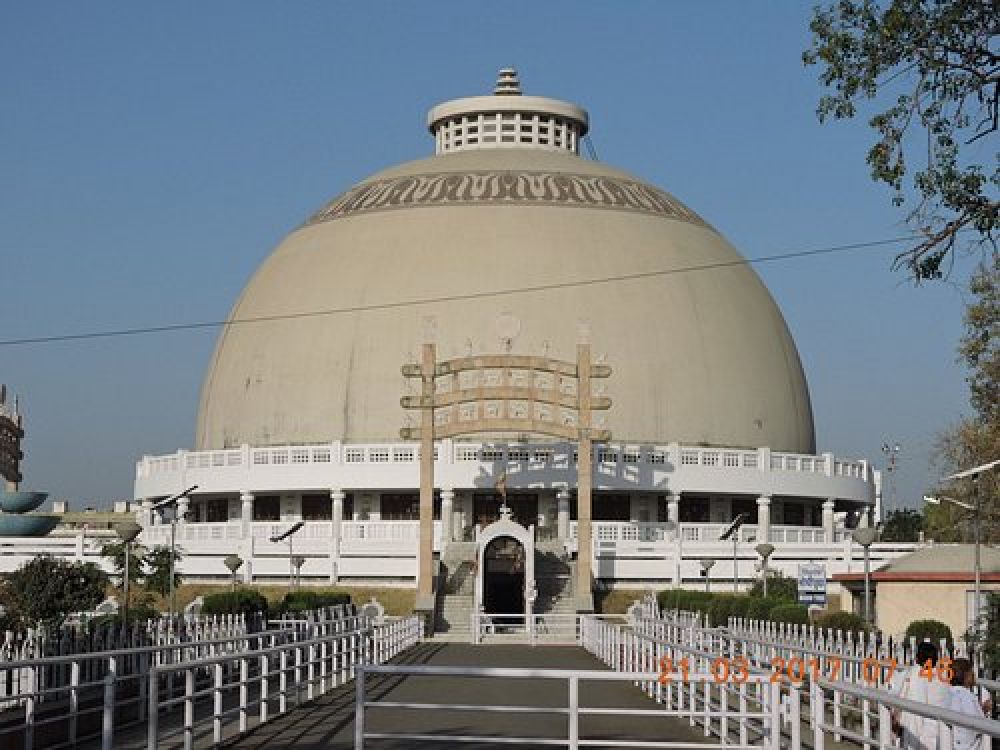

Nagpur, also known as the Orange City, has a rich historical and cultural tapestry that has attracted tourists and travelers for many years. Lying at the geographical center of India, Nagpur's tourism history is intertwined with its strategic location and its natural and cultural offerings. With a diverse history that includes the rule of the Gonds, the Bhonsles, and later under British administration, Nagpur has a plethora of historical landmarks and sites.
The history of tourism in Nagpur dates back to the time when it was the capital of the Gond kingdom. The region's ancient temples and forts have been a point of interest for history buffs and spiritual seekers. The Deekshabhoomi stupa, where Dr. B.R. Ambedkar converted to Buddhism, is a site of historical significance attracting thousands of visitors, especially during the Dhammachakra Pravartan Day.
During British rule, Nagpur developed infrastructurally, which led to increased accessibility and thus, tourism. The establishment of railways and better roads made travel easier, drawing in more visitors. The city's establishment of educational institutions and commercial centers further increased its prominence as a destination.
After India's independence, Nagpur continued to progress and its modernity meshed with the charm of its ancient landmarks. Prominent attractions like the Nagpur Central Museum, established in 1863, and the Sitabuldi Fort have been significant in promoting tourism. The city's greenery, with places like the Futala Lake and the Ambazari Garden, also plays a vital role in attracting tourists interested in experiencing the city's tranquility amidst urban growth.
Today, Nagpur is promoting itself as a smart city with a focus on sustainable tourism. The development of the Nagpur Metro, eco-friendly practices in hotels and resorts, and the upgrade of the Dr. Babasaheb Ambedkar International Airport showcases this initiative. The city's tourism sector promotes local culture through events such as the Orange City Craft Mela and the Kalidas Festival.
Additionally, the Pench National Park and the Tadoba-Andhari Tiger Reserve nearby have become increasingly popular for wildlife enthusiasts. Adventure tourism is also on the rise with activities like trekking in the Satpura Hill Ranges and bird watching sessions.
The Nagpur tourism industry is looking at expanding its reach by tapping into newer markets such as medical tourism, given the city's advancement in healthcare services. There is also an increase in the mushrooming of themed cafes and boutiques that offer tourists a taste of the global trends while maintaining the essence of the local culture.
Overall, Nagpur promises a unique mix of historical exploration, natural beauty, and modern twists that makes it an ever-evolving destination for tourists coming from across the globe.